Resources
- Learn MoreWMMT-FM/Appalshop,Inc
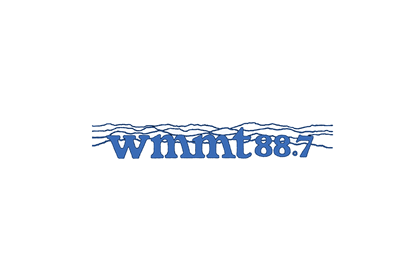
- Learn MoreWGTE Public Radio

- Learn MoreWPSU FM

- Learn MoreUtah Public Radio

- Learn MoreThe Allegheny Front

- Learn MoreNew Hampshire Public Radio

- Learn MoreNET Foundation for Radio,Inc

Across Utah, utility crews are an in an uphill battle to maintain and modernize water delivery systems. From the desert community of St. George, to verdant Cache Valley, Utah’s water infrastructure is a complex network of old and new piping with old and new billing systems used to pay for it.
Produced by Utah Public Radio
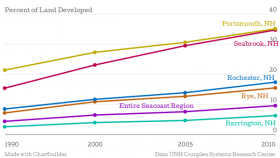
Seacoast Development and Water Quality
This story focuses on the race that's going on between development and conservation going on on the seacoast, as that region hurtles toward "full build out." Many in the conservation community fear that setting land aside, the least complicated solution for protecting water quality, is likely to be swamped by a flood of development. This focuses on the story of one development and all of the pieces that had to fall into place for it to be put into conservation instead of being built up.
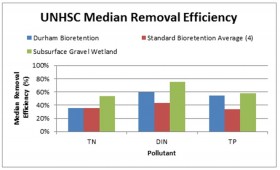
A Community Blazing a New Trail to Clean Water
The town of Durham is trying a new approach to reduce pollution flowing into the Great Bay estuary. In the past, the EPA has demanded that waste-water reach certain thresholds of cleanliness, and at the same time asked communities to come up with a qualitative plan to clean water that runs off of parking lots and roofs. Durham has proposed combining the two approaches, asking to "trade" removing more pollution from stormwater for removing less from wastewater. In this way, the town hopes to focus on low-hanging fruit, save its town's budget, and not have to buy and pump explosive chemicals as part of an expensive wastewater treatment upgrade.
Oyster Farming
Is New Hampshire's Oyster Farming Poised to Surge? Oyster farming requires no fertilizer, no feed, and filters the waters of estuaries in the process. New Hampshire's oyster farming industry could eventually help to restore the waters of the LIttle Bay to the point where they could once again support thriving populations of fish and other marine life...if it can scale up. Some growers are already finding that the projections for how many acres of the estuary could support oyster farms have been way overblown, and the ceiling of the industry in the Great Bay watershed might be much lower than was once hoped.
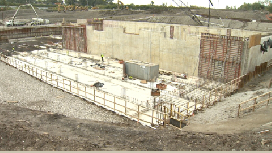
Municipal Water and Sewer
The first report of a 3-part series from WGTE's Watershed Radio discusses our use and stewardship of the water, and explores wastewater treatment, drinking water, intake, sewer separation and combined sewage overflows. WGTE Science and Environment reporter, Marc Hathaway, checks up on the progress of the 2002 EPA litigation against the City of Toledo to force improvements in the system.
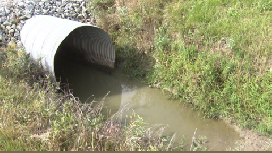
Land and Watershed
This second story of the three part series from WGTE's Watershed Radio focuses on the relationship between the land and the watershed; explaining the cycle of run-off sedimentation; nutrient loading; algal blooms; the huge dead zone appearing in Lake Erie; and the effects of climate change on the phosphorus cycle.

Municipalities and Green Infrastructure
This last of a 3-part series from from WGTE Watershed radio explores how municipalities are relying more on green infrastructure (like berms, rain gardens/native plants and bio-swail ditches) to control water and street flooding instead of "gray infrastructure" (like traditional pipes and holding tanks).
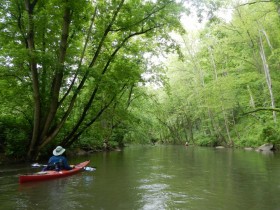
The Benefit of Cleaner Waterways
Central Appalachia’s watersheds face a wide variety of serious challenges to their health, including sedimentation, heavy metal contamination, stormwater runoff, and high levels of human waste in streams.
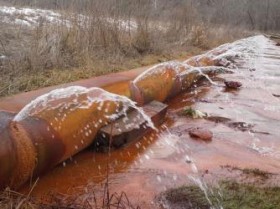
“Rain Tax” Helps Keep Pollution from Waterways
The federal government is toughening limits on how much storm water can enter rivers and lakes. For many cities, it’s proving expensive - especially in older communities, where water pipes are crumbling and in need of repair. To fix those systems, some local governments are starting to charge residents a stormwater utility fee, or "rain tax."
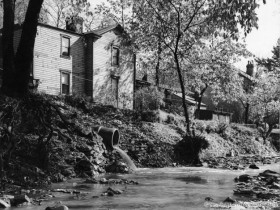
Pittsburgh Plans to Get Sewage Out of the Water
The Allegheny County Sanitary Authority plans to spend more than $2 billion to build miles of new underground tunnels, and to upgrade its wastewater treatment plant. Some clean river advocates are pushing for alternatives, like green infrastructure. We begin our series Ripple Effects: Water Pollution & New Solutions with a look at the debate over sewage in the waterways.
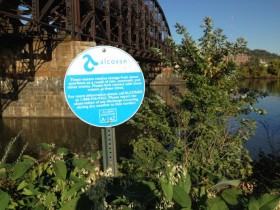
Bioswale Helps Flooding Problems
Pennsylvania's climate change forecast is wet. More frequent and increasingly intense storms than in the past are expected. One community which has already faced devastating floods is finding that a particular kind of green infrastructure called a bioswale could be part of the solution.
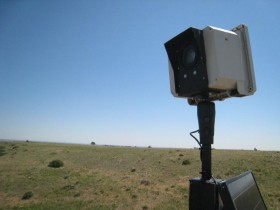
Timelapse Project Creates New Look At River
The Platte River is a major watershed for the plains, supporting people, agriculture and wildlife. For the past few years, a team has been capturing time-lapse images along the river. For our in-depth report “Water Demands on the Platte,” NET News looked into how those photographs are creating an innovative new look at the entire river basin.
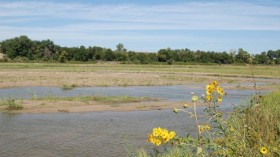
Managing a River for Wildlife
One of the biggest users of the Platte doesn’t actually take water out of the river. It’s used by wildlife—especially migrating birds. Most Nebraskans are familiar with the annual spectacle of millions of birds roosting in the central Platte on their way north. But few know how much work occurs year round to maintain this quality habitat, especially for endangered species. For our in-depth report “Water Demands on the Platte,” NET News looked at how the river is being managed for wildlife.
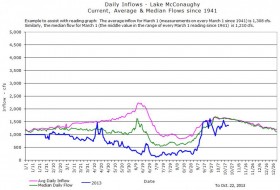
Maximizing Water for Agriculture
Nebraska leads the nation in the number of irrigated acres. The Platte River is one of the main sources of that irrigation water. Over time, those demands have increased. And farmers, water managers and seed companies are becoming more water efficient. For our in-depth report “Water Demands on the Platte,” NET News looked at a few of the ways Nebraskans are maximizing water for agriculture.
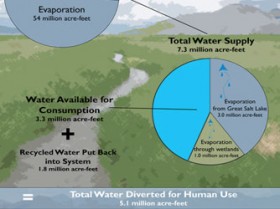
Making the Desert Blossom as a Lawn
Utah’s per capita use of water is nearly the highest in the nation, just behind Nevada and Idaho. So why are we personally using so much water? According to the state Division of Water Resources, there is a pretty simple answer: it's our legacy. Utah's founders decreed that the desert should be made to blossom as a rose, and it did. It still does. But at what cost?

What Trees Know about Drought
The trees in Utah's forests suck up water like sponges, and leave a record in their growth rings of when there was a lot of water in the region and when there was very little. Researchers are learning to decode the tree ring record and reconstruct what Utah's watersheds have been through over the past millennium. In this episode, we bring you the story of how Utah's water past can help us plan for Utah's water future.
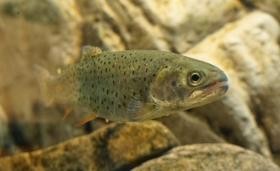
Living in Treated Wastewater
The water cycle in communities across Utah is pretty straightforward. Water comes out of creeks and reservoirs, serves some purpose, and is put back into the chain further downstream. But as the state’s population continues to rise, what we put back into the chain often comes with more than just water.
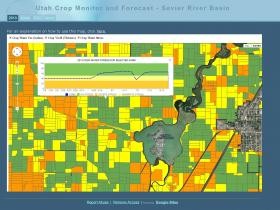
Forecasting a Crop’s Water Needs
There's no chance that agriculture could flourish in Utah on rainfall alone. But one way to create more water in our system is to be more efficient with what we have; so researchers are working on making irrigation more predictable and more precise.
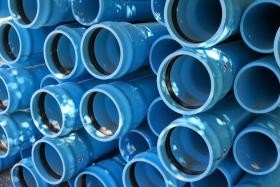
The Technology of Water: Learning More to Use Less
Across Utah, utility crews are an in an uphill battle to maintain and modernize water delivery systems. From the desert community of St. George, to verdant Cache Valley, Utah’s water infrastructure is a complex network of old and new piping with old and new billing systems used to pay for it.

The Changing Face of Water Management
At the 20th Annual Utah Water Summit in October more than one state water expert noticed there were fewer cowboy boots than ever before. On the final episode of Five Billion Gallons, we’ll look at the changing face of water management in the state and hear from a whole range of Utahns on what the state’s water future will look like.
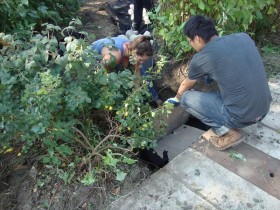
Build a Rain Garden
This story takes us to Philadelphia, where a volunteer effort is trying to change the way storm water passes through the city. For the student volunteers, it’s about more than just helping out. They’re turning classroom learning into a real life hands-on experience.
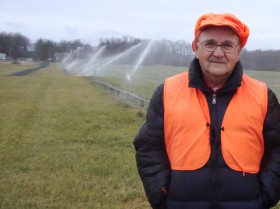
Where Does the Water Go
WPSU explores the massive task of supplying and cleaning the water used by students, faculty, staff and visitors at Penn State University.
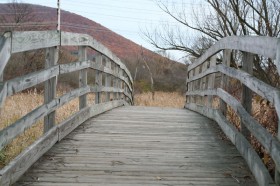
Benefits of a Marsh Ecosystem
To outdoor enthusiasts, the 62-acre Millbrook Marsh in Centre County is one of the area’s crown jewels. Penn State Professor Rob Brooks says the benefits of this unique ecosystem are far more than recreational. WPSU’s Patty Satalia visited the marsh with Brooks and learned how this special environment prevents flooding and protects and filters our drinking water.






